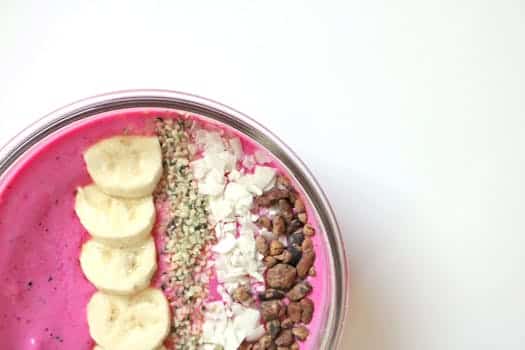How to Clean Your Keurig Coffee Machine
If you have a Keurig coffee maker, you must be aware of how satisfying it is to simply press a button to make a cup of coffee that is piping hot. However, not only from a taste standpoint but also from a health and longevity standpoint, many coffee enthusiasts overlook the significance of cleaning their Keurig. Mold, coffee residue, and even mineral deposits can build up in your coffee maker over time, affecting its flavor and performance. Whether you use your machine every single day or only when entertaining guests, frequent cleaning and descaling are important if you want your coffee maker to brew rich and aromatic coffee.
We will walk you through each step of cleaning your coffee maker in this comprehensive guide, offering expert advice and the best recommendations. We will teach you everything you need to know about cleaning and maintenance, from unclogging needles to deep cleaning water reservoirs. So, grab your favorite mug and talk to us about the best routine for cleaning your Keurig so that it stays as good as new.
Disassemble and Wash Removable Parts
Unplug your Keurig first to ensure your safety. Remove all removable parts, such as the water reservoir, drip tray, lid, and K-Cup holder. These parts may accumulate coffee residue, oils, and even mold if they are not regularly cleaned. In warm, soapy water, thoroughly wash each piece. Use a soft sponge or towel to avoid damaging the plastic. Rinse well and let them air dry completely before reassembling. This step can greatly improve the flavor and hygiene of your coffee.
Clean the Exterior of the Machine
Concentrate on the exterior after the removable parts have dried. Wipe the machine’s surface with a damp microfiber towel, making sure to clean the handle, buttons, and base. A bit of diluted vinegar or a gentle cleanser can help remove tough stains or sticky spots. Remember to clean around the pod holder and top lid, as coffee spills and dust often collect there unnoticed. A clean exterior enhances visual appeal and prevents dirt from entering internal components.
Unclog the Needles (Entrance & Exit)
A Keurig, which uses impaling needles to deliver hot water to K-Cups, may behave significantly more unpredictably than K-Cups. As a result, it may produce subpar results or fail. Unplug the device, lift the pod holder, and use a small paperclip to gently remove any debris from the needle holes for cleaning. Take care because these needles are very sharp. Another option is to give the machine a few cycles of hot water brewing to wash out whatever may still be left loose.
Descale the Machine (Remove Mineral Buildup)
Descaling agents dissolve minerals or ceramics in water, just as hard water or dissolved contaminants build up inside the machine over time, compromising the system’s performance and flavor. Either use a descaling solution that has been approved by Keurig or fill the reservoir with water and white vinegar in equal amounts. Brew multiple cups without adding a K-Cup during the brewing process, allowing the dissolved solution to enter the descaling system. After removing the solution from the reservoir, set the machine aside for thirty minutes so that any remaining scale can be dissolved. This stage is the most important of a long list of steps to make sure the machine lasts longer and works to its full potential.
Run Rinse Cycles to Flush the System
Last but not least, rinse out any vinegar or solution that is still inside the machine to prevent the coffee from tasting sour. Fill the reservoir with clean, new water after thoroughly cleaning it. In order to thoroughly clean the entire system, run about four to six cycles without a pod. Rinse once more if you notice any vinegar smell. This guarantees that the subsequent cup will not have any chemical aftertaste and will taste clean and fresh.
Final Touches and Reassembly
Reassemble everything in your freshly cleaned and dry Keurig. Replace the pod holder, reservoir, and drip tray. Finally, thoroughly wipe the machine to remove any wet marks or fingerprints. Then plug in your machine and run a water-only test brew to confirm proper working order. Your machine has been upgraded, and it is now producing excellent coffee once more.
Pro Tips for Ongoing Maintenance
- Clean weekly if you use your Keurig daily.
- Descale every 2–3 months, especially if you live in an area with hard water.
- Use filtered water to reduce mineral buildup.
- Keep a descaling reminder on your calendar, or ask me to help you set one.
Bottom Line
Cleaning your Keurig is about more than just keeping it looking good. It also helps keep the flavor of your coffee, extends the life of your machine, and makes sure that every cup tastes as good as the first one. Your investment and morning routine are protected by regularly washing removable parts, unclogging needles, and descaling the internal system. A clean machine operates more smoothly, brews faster, and produces better-tasting coffee. So, whether you’re a casual coffee drinker or a caffeine connoisseur, a little maintenance can help make your coffee times always enjoyable.






